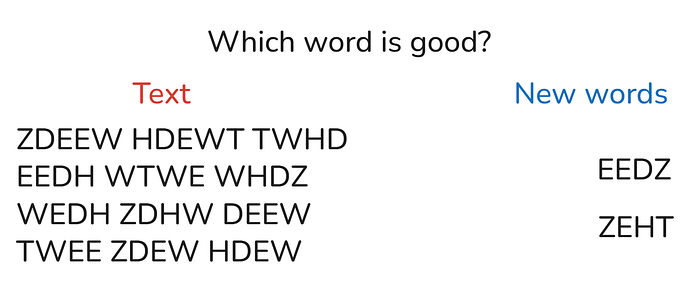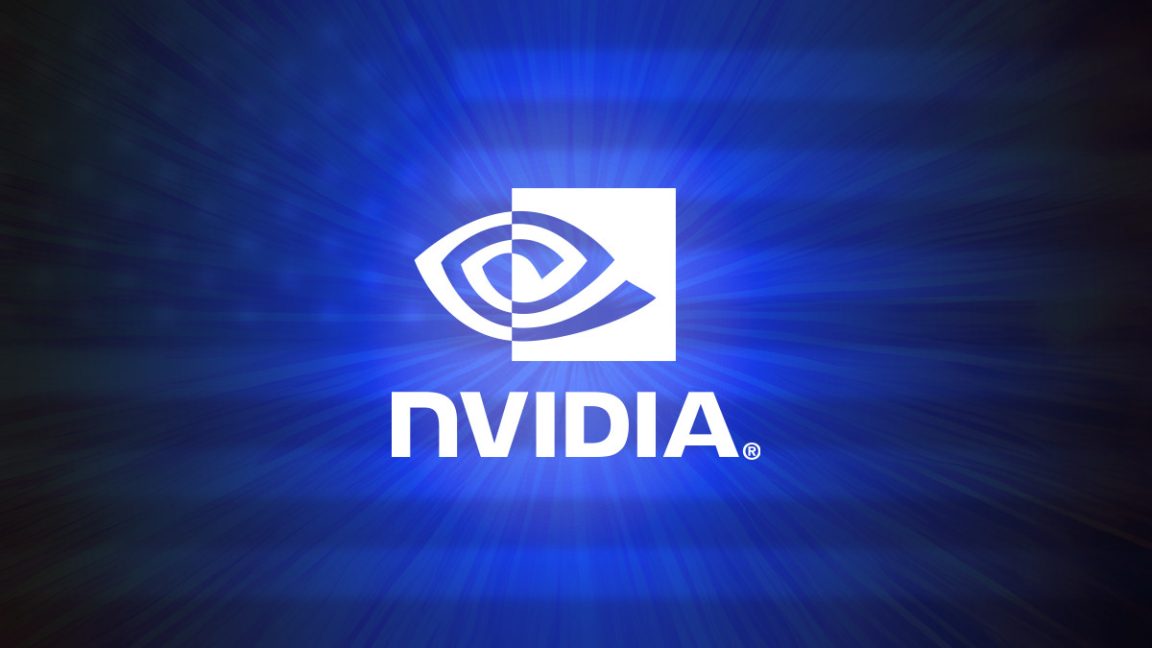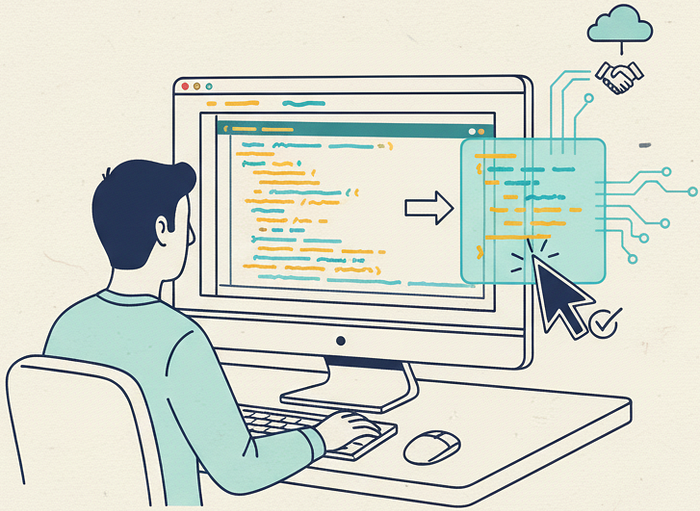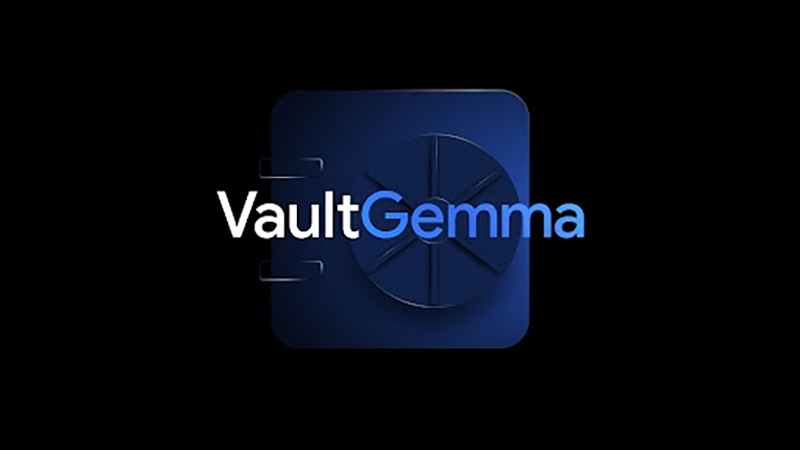Introduction to Reinforcement Learning and Autonomous Control
Reinforcement learning is a type of machine learning where an agent learns to make decisions based on rewards or penalties. It’s a powerful tool for training machines to make decisions in complex environments. In this article, we’ll explore the basics of reinforcement learning and its application in autonomous control systems.
What is Reinforcement Learning?
Reinforcement learning is the process of figuring out the best actions or strategies based on observed rewards. This type of learning is especially useful for tasks with a large number of possible actions. For example, imagine playing a game of Snakes and Ladders — where you can move left, right, up, or down. A specific combination of moves, like up → left → up → right, might result in winning the game. Reinforcement learning helps an agent (the decision-maker) explore different move combinations and learn which ones consistently lead to victory.
Autonomous Control
Autonomous control refers to systems where decisions are decentralized. Decentralized in this case means individual components such as robots or vehicles can make independent choices within their environment. Multi-Agent Reinforcement Learning (MARL) is particularly useful here. Let’s take for example, in logistics, we could attach an intelligent software agent to a container, a vehicle, and a storage facility, creating a multi-agent system. The container could independently explore the best storage facility as its destination and select a suitable transport provider to move it to this identified facility, maximizing efficiency.
Single-Agent vs. Multi-Agent Reinforcement Learning
To understand how combining reinforcement learning with autonomous control leads to efficient systems, we need to understand how reinforcement learning for a single agent works. There are a few key concepts to understand: "agents" who are the decision-makers in the "environment", the environment being the space in which the agent is operating, operating by taking "actions", actions being the choice options an agent can make which sometimes have an effect on the environment in the form of a state, "States" being the current condition of the environment. While the agent navigates all this, it receives some feedback based on the actions made in particular states and this is known as "rewards".
Q-Learning Algorithm
A popular algorithm used for training a single agent is the Q-learning algorithm. The algorithm works by helping the agent estimate a reward from performing different actions in different states. An action in this case could be moving a step forward, and the state could be the new current environment after the action has been taken. The agent observes this current state and might receive a reward. After exploring multiple actions and states and observing rewards, the agent updates its knowledge whenever it observes new rewards and makes estimations of which combinations of states and actions yielded a reward.
Challenges in Multi-Agent RL
When it comes to multiple agents sharing an environment, things get more complex. This is because the agents influence each other’s decisions. The environment in this case is no longer static. Let’s say delivery agent 1 picked up an item for delivery in state K and was able to get a reward, what would stop delivery agent 2 from picking up that item in a different state during a different episode? Making the environment change every time.
Approaches to Multi-Agent Learning
There are different approaches to multi-agent learning: we can let one agent make decisions for everyone and this agent takes the role of a coordinator delegating tasks to all the other agents, this is known as centralized learning. Alternatively, we could either let each agent learn and act independently and learn from observing each other’s actions and this is known as decentralized learning, or use centralized training with decentralized execution, an approach where agents get global information during training but act independently when deployed.
What’s Next?
Now that we have introduced the basics of RL and multi-agent systems, we should dive deeper into what MARL algorithms are and look at how they differ. In the next part of this series, we shall explore elements of independent Q-learning for MARL alongside team-based approaches.
Conclusion
Reinforcement learning is a powerful tool for training machines to make decisions in complex environments. When combined with autonomous control, it enables decentralized decision-making, which is crucial for efficient systems. Understanding the basics of reinforcement learning and its application in autonomous control systems is essential for building efficient multi-agent systems.
FAQs
- What is reinforcement learning?
Reinforcement learning is a type of machine learning where an agent learns to make decisions based on rewards or penalties. - What is autonomous control?
Autonomous control refers to systems where decisions are decentralized, meaning individual components can make independent choices within their environment. - What is the difference between single-agent and multi-agent reinforcement learning?
Single-agent reinforcement learning involves one agent making decisions, while multi-agent reinforcement learning involves multiple agents influencing each other’s decisions. - What are the approaches to multi-agent learning?
The approaches to multi-agent learning include centralized learning, decentralized learning, and centralized training with decentralized execution.











